Teaching Philosophy
As a graduate student in the Department of Chemistry at the University of South Florida I have spent the last few years as a teaching assistant in general and organic chemistry. I have been fortunate to teach several semesters for professors with a background in Chemistry Education research. Their approaches emphasized students and how to facilitate their learning instead of just lecturing. Working with them led to my growth as an educator and pushed me to research teaching strategies and student learning.
I feel that an effective learning process includes students engaging in active learning. Active learning focuses on developing student skills more than just transmitting information. This asks the students to participate in the process of learning, by applying the information in an active way through discussions, writing or organizing concepts. Research has shown that this active learning results in improved achievement when compared to traditional approaches across STEM fields, class sizes, course types and levels. As an educator I form the framework, provide the content, make suggestions and clarify the course content. On the surface I provide them with the information but more importantly I offer resources and situations that ask them to interact with the material.
Various active learning strategies can take the shape of asking questions that challenge common misconceptions, having them organize the information into flow charts or decision maps, and making connections between concepts. One technique I use during class utilizes electronic clickers. First, I have students answer a problem on their own then after they have submitted their answer I encourage them to discuss the problem with their neighbors. When students’ responses differ they then can clarify the material to each other and submit their answers again. This allows them to act as teachers to their peers, further deepening their grasp of the subject. When I notice someone struggling with the subject we are discussing, I try to adjust to find a way to reach them. To do this I can approach a problem from a different direction, use analogies, mnemonics or illustrative stories, and link concepts. Active learning strategies, such as the ones described above, are important tools in making classes more inclusive, they have been shown to increase assessment scores and lower failure rates for underrepresented students across disciplines and genders in the sciences. As an instructor I endeavor to notice and normalize when students are having difficulties. This helps them to feel that they are not alone and ensures a student is never afraid to ask for help or acknowledge that they are grappling with a concept.
Being excited and passionate is contagious, I have found students sometimes think that chemistry lives in the textbooks when instead it is all around us. Everything is chemistry and my hope for my classes is that students leave with a sense of wonder, as well as an ability to think critically and ask questions. I am passionate about bringing enthusiasm into the teaching of chemistry and consider that the understanding of scientific principles and the exchange of ideas is an important facet of strong communities. I am committed to making chemistry approachable and relevant. As such, I constantly strive to better my teaching skills. I actively research new ways to approach a subject, watch and attend other instructors’ lectures, enroll in classes on education including a semester long course in “Preparing for College Teaching”, and seeking feedback from students and colleagues. Learning is a lifelong experience and I am proud to be involved in the process of introducing students to the marvels of chemistry.
1. Brame, C. J. Active learning. https://cft.vanderbilt.edu/active-learning/ (accessed 10/9/18).
2. Freeman, S.; Eddy, S. L.; McDonough, M.; Smith, M. K.; Okoroafor, N.; Jordt, H.; Wenderoth, M. P., Active learning increases student performance in science, engineering, and mathematics. Proceedings of the National Academy of Sciences 2014, 111 (23), 8410-8415.
3. Haak, D. C.; HilleRisLambers, J.; Pitre, E.; Freeman, S., Increased Structure and Active Learning Reduce the Achievement Gap in Introductory Biology. Science 2011, 332 (6034), 1213-1216.
4. Schneider, M. B., Encouragement of women physics majors at Grinnell College: A case study. The Physics Teacher 2001, 39 (5), 280-282
1
2
3,4
1
